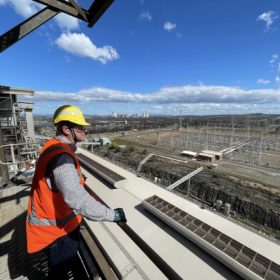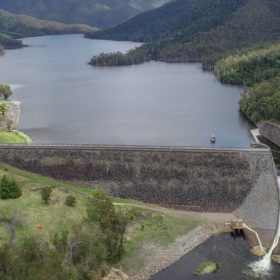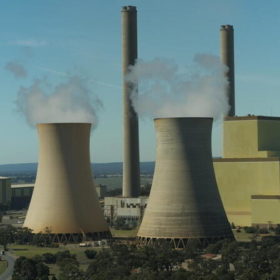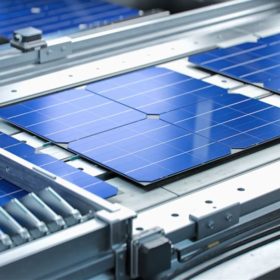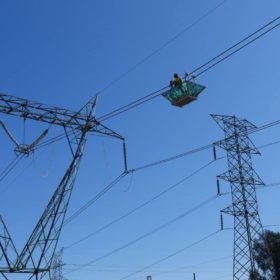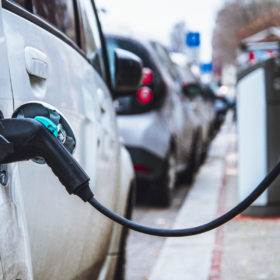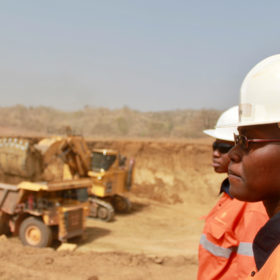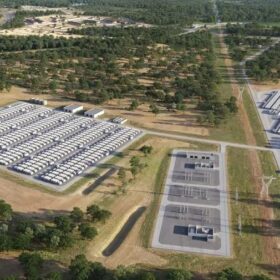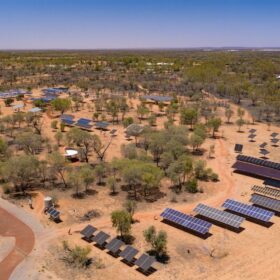Elon Musk’s battery packs or Twiggy Forrest’s green hydrogen?
The battle of the billionaires has become the stuff of headlines. The world’s richest man, Elon Musk, has gone head-to-head with Australia’s richest man, billionaire Andrew “Twiggy” Forrest.
Boulevard of broken plants: Can NSW reserves handle non-green days?
It’s been easy to get caught up in all the news from the Victoria and Queensland governments proposing record-setting funding and environmental targets by 2030 and 2035, along with the news of AGL bringing forward the closure of Loy Yang A.
How to ensure the world’s largest pumped-hydro dam isn’t a disaster for Queensland’s environment
To quit coal and move to renewables, we need large-scale energy storage. That’s where pumped hydro comes in. Queensland’s ambitious new plan involves shifting from a coal-dominated electricity grid to 80% renewables within 13 years, using 22 gigawatts of new wind and solar. The plan relies on two massive new pumped hydro developments to store electricity, including the biggest proposed in the world.
Shutting Australia’s dirtiest coal plant a decade early won’t jeopardise electricity supply
AGL Energy – Australia’s largest emitter of greenhouse gases – announced this week it will shut the Loy Yang A power station in Victoria’s LaTrobe Valley in 2035, a decade earlier than planned.
There’s a huge surge in solar production under way – and Australia could show world how to use it
You might feel despondent after reading news reports about countries doubling down on fossil fuels to cope with energy price spikes.
Electric planes are coming: Short-hop regional flights could be running on batteries in a few years
Electric planes might seem futuristic, but they aren’t that far off, at least for short hops. Two-seater Velis Electros are already quietly buzzing around Europe, electric sea planes are being tested in British Columbia, and larger planes are coming.
Now, we begin: Simple ways to make Australia’s climate game truly next-level
Australia last week moved to tackle the climate crisis when federal parliament passed Labor’s climate bill. But the new law is just the first step. Over the next eight years to 2030, we must get on a steep trajectory of emissions reductions.
Australia is failing on EVs. California shows it’s possible to pick up the pace
Among the many similarities between California and Australia, both are impacted by bushfires and climate change, and both are home to larger cars and trucks than is the norm in developed countries. They are dissimilar, though, when it comes to electric vehicles and vehicle regulations. While California has been pursuing low-carbon and electric vehicles for decades, Australia has trailed most developed nations.
Three ways fossil fuel industry failed women (and how clean energy can learn from mistakes)
A crucial outcome of Australia’s jobs summit earlier this month was the commitment to review programs aimed at boosting the number of women in science, technology, engineering and mathematics (STEM) careers.
Labor’s climate change bill is set to become law – but 3 important measures are missing
As of Wednesday night, Labor’s climate change bill was poised to pass the Senate after the government agreed to amendments proposed by independent senator David Pocock to improve accountability and transparency.

